SeMA 1F
01 YOUNG-HAE CHANG HEAVY INDUSTRIES
02 Jesse Jones
03 Haegue Yang
04 Complete Map of the Celestial Sphere
05 Joo Jae-Hwan
06 Tamura Yuichiro
07 Basim Magdy
08 Joanna Lombard
09 Dinh Q. L?
10 Yoneda Tomoko
11 Yoneda Tomoko
12 YAO Jui-chung
13 Lina Selander
14 Sean Snyder
15 YAO Jui-chung
16 Basim Magdy
17 Nilbar G?re?
18 Nilbar G?re?
19 Nilbar G?re?
20 Basim Magdy
21 Basim Magdy
22 Nina Fischer & Maroan el Sani
23 YAO Jui-chung
24 YAO Jui-chung
25 YAO Jui-chung
01 YOUNG-HAE CHANG HEAVY INDUSTRIES
02 Jesse Jones
03 Haegue Yang
04 Complete Map of the Celestial Sphere
05 Joo Jae-Hwan
06 Tamura Yuichiro
07 Basim Magdy
08 Joanna Lombard
09 Dinh Q. L?
10 Yoneda Tomoko
11 Yoneda Tomoko
12 YAO Jui-chung
13 Lina Selander
14 Sean Snyder
15 YAO Jui-chung
16 Basim Magdy
17 Nilbar G?re?
18 Nilbar G?re?
19 Nilbar G?re?
20 Basim Magdy
21 Basim Magdy
22 Nina Fischer & Maroan el Sani
23 YAO Jui-chung
24 YAO Jui-chung
25 YAO Jui-chung
SeMA 2F
26 Min Joung-Ki
27 Zero Dimension/ Kato Yoshihiro
28 Mikhail Karikis
29 Kim Soo-nam
30 Immortals’s Feast on Yoji Pond
31 Kim In-whoe
32 Bae Young-whan
33 Naito Masatoshi
34 Rho Jae Oon
35 Kim Soo-nam
36 Kim In-whoe
37 Choi Min Hwa
38 Jawshing Arthur Liou
39 Sang-il Choi, Jiyeon Kim
40 siren eun young jung
41 Haejun JO & KyeongSoo LEE
SeMA 3F
42 Haegue Yang
43 Pilar Mata Dupont
44 Choi Gene-uk
45 Jesse Jones
46 Otty Widasari
47 SU Yu-Hsien
48 Truong Cong Tung
49 The Propeller Group
50 Ho Sin Tung
51 Sean Snyder
52 Jakrawal NILTHAMRONG
53 Mikhail Karikis
54 Eric Baudelaire
55 CHUNG Seoyoung
56 CHE Onejoon
57 Nina Fischer & Maroan el Sani
58 Mahardika Yudha
59 Choi Sunghun + Park Sunmin
KOFA
Rho Jae Oon
Ho Sin Tung
CHE Onejoon
Mansudae Master Class, 2014
3 channel HD video, archive installation



Archive installation: Commissioned by SeMA Biennale Mediacity Seoul 2014
Established in 1959 by the order of Kim Il-sung, Mansudae Art Studio plays a central role in enhancing North Korea’s national image by producing statues and portraits of the Dear Leader. The Mansudae Overseas Projects is an international commercial division of the studio. Starting with erecting the Tiglachin Monument in Ethiopia in 1974 without charging any cost, it constructed public buildings and monuments in a number of African countries such as Madagascar, Togo, Guinea and Ethiopia, all without asking for the cost of production. In 2010, Mansudae Overseas Projects received new attention when the African Renaissance was revealed in Dakar, the capital city of Senegal.
It was a gigantic bronze statue to herald a new era of the continent. The North Korean-made buildings and monuments in African countries are public buildings and monuments related to the history of their respective countries. However, they are the only places for South Koreans to see North Korean large-scale monuments in reality, since South Koreans are not allowed to visit the North due to division of the two Koreas. The monuments and buildings in African countries actually display more of North Korean socialist realism than African qualities. Strongly presenting the “Juche Art” of North Korea, the buildings and monuments can be deemed as North Korea represented through Africa. [CHE Onejoon]
It was a gigantic bronze statue to herald a new era of the continent. The North Korean-made buildings and monuments in African countries are public buildings and monuments related to the history of their respective countries. However, they are the only places for South Koreans to see North Korean large-scale monuments in reality, since South Koreans are not allowed to visit the North due to division of the two Koreas. The monuments and buildings in African countries actually display more of North Korean socialist realism than African qualities. Strongly presenting the “Juche Art” of North Korea, the buildings and monuments can be deemed as North Korea represented through Africa. [CHE Onejoon]






























